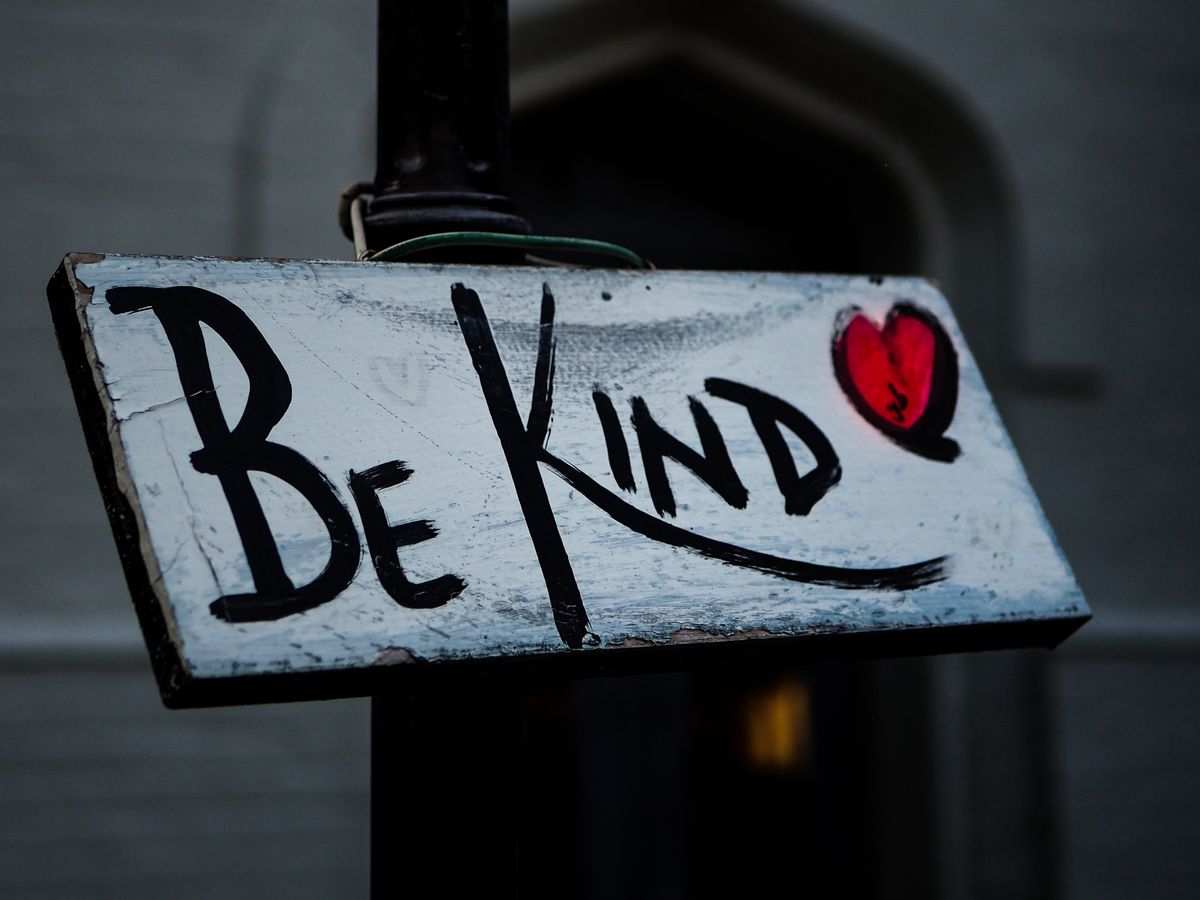Kind Culture or Nice Culture?
In the modern workspace, 'niceness' often skirts conflict while 'kindness' champions genuine empathy and confronts hard truths. Transitioning from mere politeness to profound kindness can reshape leadership dynamics. How does kindness influence your leadership? Explore with us.

In the intricate tapestry of the modern workplace, there's a distinction that often goes unnoticed - the difference between being "nice" and being "kind." It's a nuance that can have a profound impact on our professional lives, from the way we interact with colleagues to how we lead teams. In this post, we'll delve into the subtleties of niceness and kindness at work, exploring why fostering a culture of kindness is not just a nice-to-have but a must-have for effective leadership.
Understanding the Difference
In the workplace, being "nice" often means avoiding conflict at all costs, even if it means sacrificing honesty or withholding feedback. It's the art of polite, surface-level interactions. In contrast, "kindness" goes deeper. It involves genuine care, empathy, and a willingness to confront uncomfortable truths when necessary.
Consider this: A nice colleague might avoid addressing a coworker's underperformance to maintain harmony, while a kind colleague would offer constructive feedback to help them grow. We don't seem to have a hesitancy to offer technical feedback honestly and often bluntly, but we struggle here in a nice culture.
The Pitfalls of Being "Nice"
While niceness may seem harmless, it has its limitations. Avoiding necessary conversations and skirting around issues can lead to missed opportunities for growth and improvement. The workplace becomes a breeding ground for unspoken frustrations and unresolved conflicts, which can ultimately hinder progress.
Picture a scenario where a manager, striving to be nice, doesn't provide critical feedback to a team member who desperately needs it. In the long run, this undermines the individual's growth and the team's overall success. It could even put the project in jeopardy.
The Power of Being "Kind"
In contrast, kindness in the workplace is a powerful force. It fosters trust, encourages open communication, and creates a positive work environment. When leaders and team members genuinely care about one another's well-being, it leads to increased collaboration and better problem-solving.
Organizations that prioritize kindness often find that their employees are more engaged, innovative, and resilient in the face of challenges. It's a ripple effect that transforms the workplace into a thriving ecosystem of support.
Leadership and Cultivating Kindness
Leaders play a pivotal role in shaping workplace culture. They set the tone for their teams and organizations. By choosing kindness over niceness, leaders can inspire their teams to follow suit.
Leaders who prioritize kindness lead by example. They actively listen to their employees, provide honest feedback, and show empathy in their actions and decisions. In doing so, they create an environment where kindness is not just a buzzword but a way of life.
Steps to Promote a Kind Culture
So, how can you promote a culture of kindness at your workplace? It starts with taking actionable steps:
- Lead with Empathy: Understand your team members' perspectives and challenges.
- Encourage Open Communication: Create a safe space for feedback and discussions.
- Give Constructive Feedback: Address issues with care, focusing on growth and improvement.
- Recognize Acts of Kindness: Celebrate and reinforce kind behavior within your organization.
- Provide Training: Invest in programs that teach and reinforce kind communication and leadership skills.
Overcoming Challenges
Transitioning from a "nice" to a "kind" culture may face resistance. Some employees may be skeptical or resistant to change. Overcoming these challenges requires commitment, clear communication, and persistence.
Remember, building a culture of kindness is not about instant transformation; it's about consistent effort and a shared commitment to a better workplace.
Call to Action
I'd love to hear your thoughts and experiences on this topic. How do you prioritize kindness in your workplace? Share your insights in the comments below.
